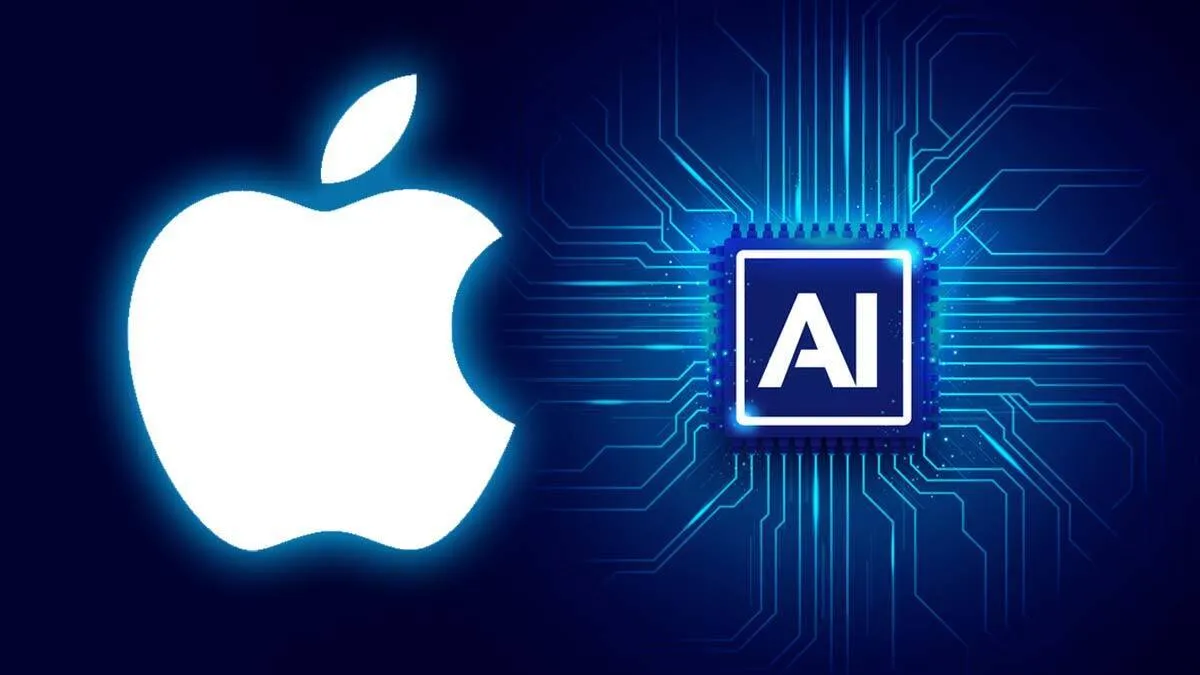The tech giant Apple, renowned for its sleek hardware and tightly integrated software ecosystem, is reportedly embarking on a bold new venture: bringing AI processing directly onto its devices. This shift, if confirmed, marks a significant departure from the current cloud-dominant AI landscape and could have far-reaching implications for both Apple and the broader tech industry.
Key Highlights:
- Apple reportedly developing custom AI chips for on-device processing.
- Move aims to reduce reliance on cloud computing and improve privacy.
- New chips could power enhanced Siri, facial recognition, and more.
- Shift raises questions about cloud computing’s future and Apple’s ecosystem control.

Traditionally, AI workloads have been offloaded to the cloud, leveraging powerful server farms to handle complex computations. While this approach offers scalability and accessibility, it comes at the cost of latency, privacy concerns, and reliance on external infrastructure. Apple, known for its meticulous attention to user experience and data security, appears intent on cutting the cord and empowering its devices with their own AI processing muscle.
Rumors suggest Apple is developing custom AI chips, codenamed “Dharma,” specifically designed for on-device tasks. These chips, reportedly slated for integration into future iPhones and iPads, could power a range of AI-powered features, including:
- Enhanced Siri: A more responsive and contextually aware virtual assistant, capable of handling complex requests and learning user preferences without relying on cloud processing.
- Improved facial recognition: Faster and more secure Face ID unlocking, potentially enabling real-time authentication for financial transactions or secure access to sensitive data.
- On-device machine learning: Personalized experiences tailored to individual user behavior and preferences, from optimized battery management to curated music recommendations.
Apple’s foray into on-device AI raises several intriguing questions. Firstly, the impact on cloud computing giants like Amazon Web Services and Microsoft Azure remains to be seen. If Apple successfully offloads significant AI workloads from the cloud, could it lead to a decline in cloud computing dominance?
Secondly, Apple’s control over its hardware and software ecosystem tightens even further with on-device AI. This raises concerns about potential data lock-in and limited user choice. While Apple emphasizes user privacy, the extent to which on-device AI data remains isolated within the Apple ecosystem remains unclear.
Finally, the development of custom AI chips could signal Apple’s ambitions to challenge established players in the chipmaking industry like Nvidia and Qualcomm. Could Apple’s move lead to a new era of hardware-software co-design, pushing the boundaries of both AI capabilities and device performance?
Apple’s rumored shift towards on-device AI represents a significant turning point in the tech landscape. While the full implications remain to be seen, one thing is certain: Apple is making a bold move, aiming to reshape the future of AI not just within its own devices, but potentially across the entire industry. As the dust settles, the race for on-device AI supremacy is sure to heat up, with Apple at the forefront, challenging the status quo and pushing the boundaries of what’s possible.


















